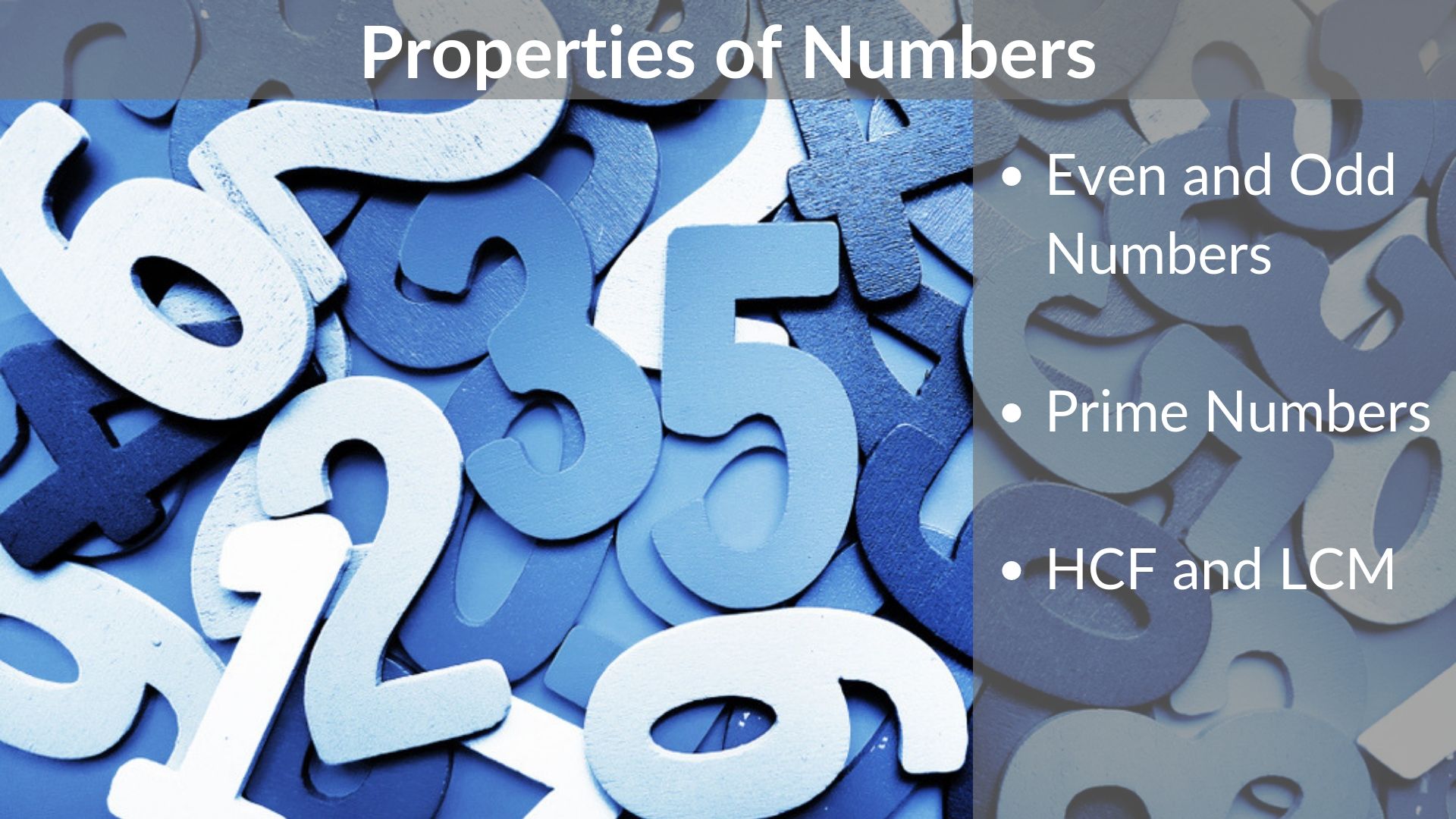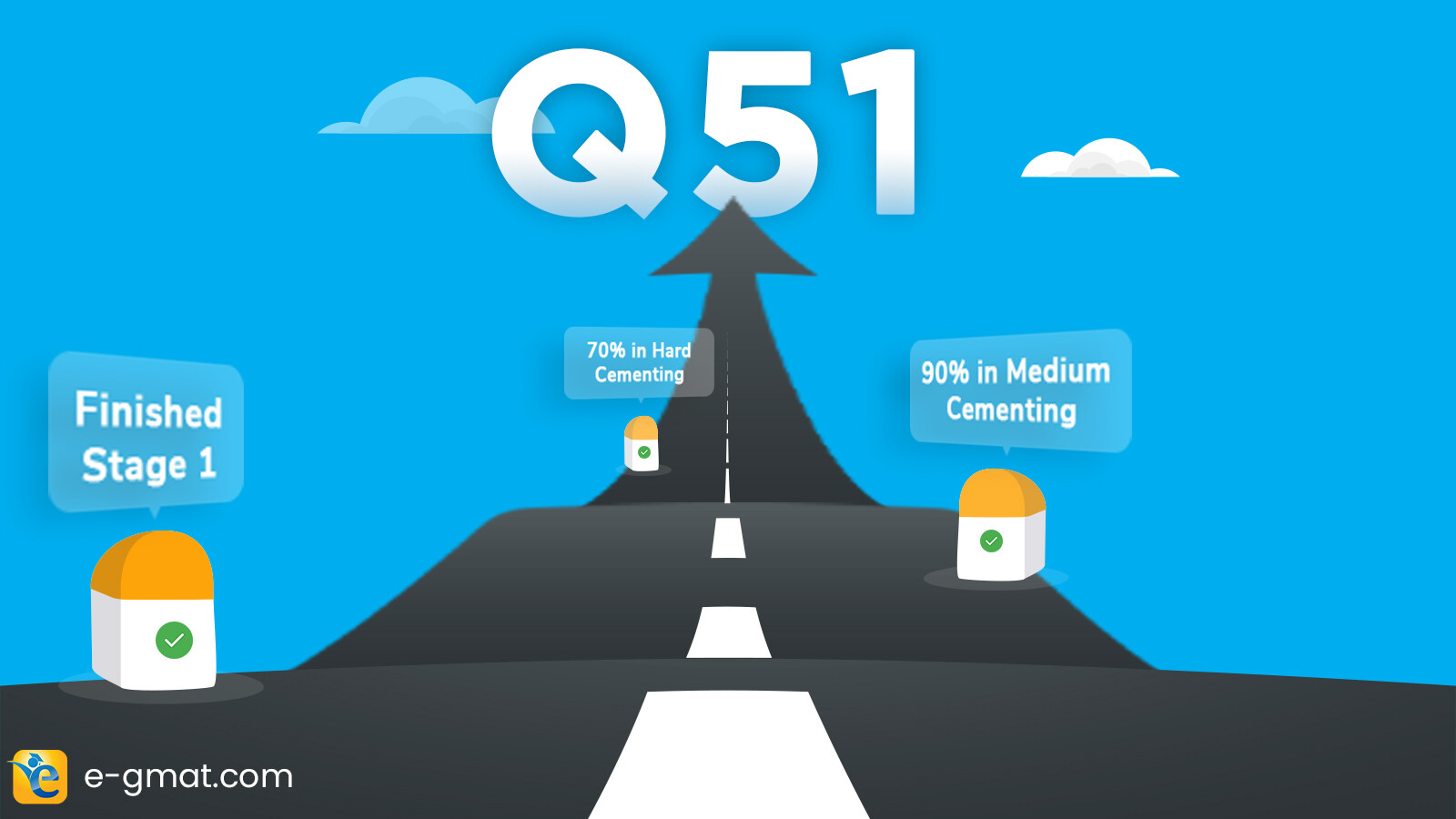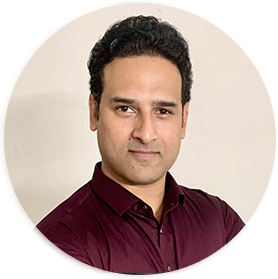Hello Reader,
We see that you want to know the basics and properties of numbers.
You have landed just at the right place.
Purpose of the article:
In this article,
- You will get a deeper idea about the behavior of numbers and its operations
- You will also get to know a few facts about the properties of the numbers.
So, let’s get straight into the article.
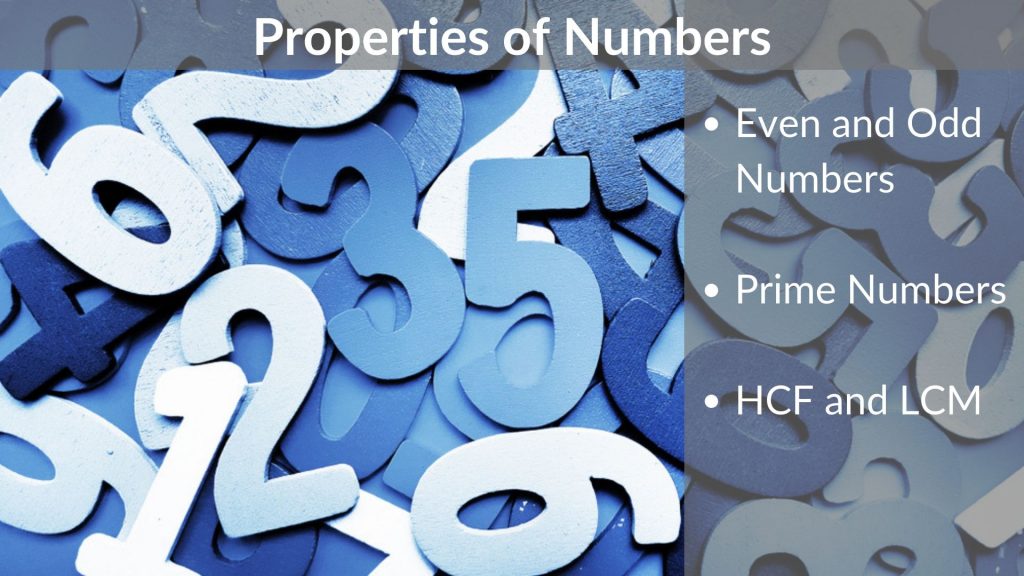
Properties of numbers: Even – Odd
Even Numbers
- Any integer that is a multiple of 2 is an even number.
- So, any integer which is in the form of 2k, where k is an integer, is an even number
- So, all integers that end with 0, 2, 4, 6 or 8 are even numbers
E×ample: 4, 56, 98, 200 are all even numbers
Odd Numbers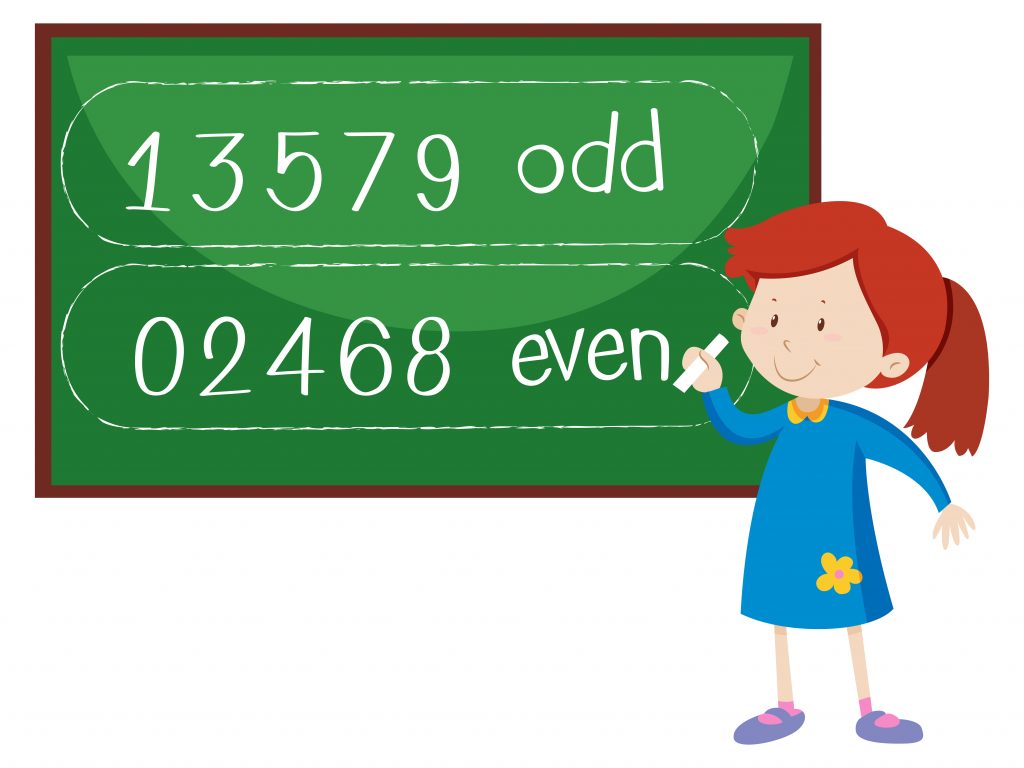
- Any integer which is not an even number is an odd number
- Or, in other words, an integer that is not a multiple of 2 is an odd number
- So, any integer which is in the form of 2k ± 1, where k is an integer, is an odd number
- So, all integers that end with 1, 3, 5, 7 or 9 are odd numbers
Example: 7, 31, 75, 499 are all odd numbers
Note: There is an odd number between every two consecutive even numbers.
According to the definitions given above is 0 an even or an odd number?
Properties of numbers: Even and Odd number properties
Now that we know what are even and odd numbers, let’s see their properties.
| Number 1 | Operation | Number 2 | Outcome | Examples | |
| Even | ± | Even | = | Even | · 4 + 2 = 4
· 4 – 2 = 2 |
| Even | ± | Odd | = | Odd | · 4 + 1 = 5
· 4 – 1 = 3 |
| Odd | ± | Even | = | Odd | · 5 + 2 = 7
· 5 – 2 = 3 |
| Odd | ± | Odd | = | Even | · 5 + 3 = 8
· 5 – 3 = 2 |
| Even | × | Even | = | Even | · 2 × 4 = 8 |
| Even | × | Odd | = | Even | · 2 × 3 = 6 |
| Odd | × | Even | = | Even | · 3 × 2 = 6 |
| Odd | × | Odd | = | Odd | · 3 × 5 = 15 |
| Even | ÷ | Even | = | May or may not be an integer | · 4 ÷ 2 = 2
· 2 ÷ 4 = 0.5 |
| Even | ÷ | Odd | = | May or may not be an integer | · 4 ÷ 1 = 4
· 4 ÷ 3 = 1.33 |
| Odd | ÷ | Even | = | Not an integer | · 3 ÷ 2 = 1.5 |
| Odd | ÷ | Odd | = | May or may not be an integer | · 3 ÷ 1 = 3
· 1 ÷ 3 = 0.33 |
Properties of Numbers: Prime Numbers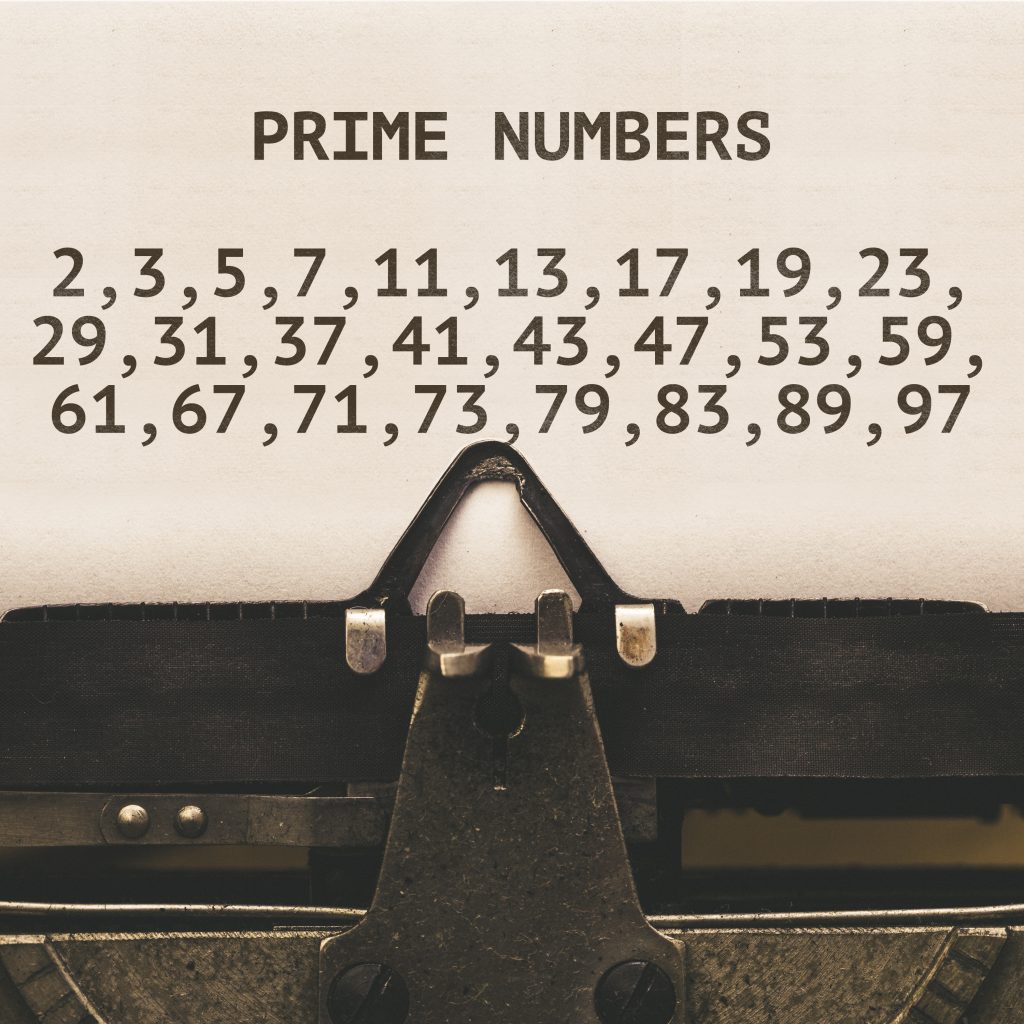
Definition
- A number which is divisible by only two number, 1 and the number itself, is called a prime number
Example: 2, 3, 5, 7, 11……….
Note: 2 is the only prime number, which is even, because all other even numbers will be divisible by at least three numbers, 1, 2 and the number itself.
- Every positive integer can be expressed as a product of one or more prime numbers
Example: 55 = 5 * 11, where 5 and 11 are two prime numbers
Based on the above definition, Is 1 a prime number?
So, we know what is a prime number, but how do we check whether a given number is prime or not?
What is the process to check whether a given number is prime or not?
It is easy to check whether a single-digit or a two-digit number is prime or not, but what if we are given a three-digit number or more.
- Let’s say the number is 123, can we quickly find whether 123 is prime or not?
For this, let us learn a five-step approach to check whether a given number is a prime number or not?
Step 1: Find the square root of the given number
- The square root of 123 approximately equal to 11 as 112 = 121
Step 2: Round it off to the closest integer
- The closest integer is 11.
Step 3: List down all the prime numbers which are less or equal to this integer
- Prime numbers less than or equal to 11 are 2, 3, 5, 7, and 11.
Step 4: Check whether any of these prime numbers can divide the given number or not
- 123 is not divisible by 2.
- But 123 is divisible by 3.
- We need not check for other prime numbers
Step 5: If yes then the given number is not a prime number, else it is a prime number
- 123 is divisible by 3. Hence, it is not a prime number.
Pop-Quiz: is 157 a prime number?
Questions on Number Properties are very commonly asked on the GMAT. Ace GMAT Quant by signing up for our free trial and get access to 400+ questions. We are the most reviewed online GMAT Prep company with 2400+ reviews on GMATClub.
Save 60+ hours of GMAT preparation by crafting a well-defined study plan in just 3 steps:
Prime factorization
We already know that any given positive integer can be expressed as a product of one or more prime numbers. This representation of any number is called prime factorization.
For example:
420 = 2 × 210 = 2 × 2 × 105 = 2 × 2 × 3 × 35 = 2 × 2 × 3 × 5 × 7 = 22 × 3 × 5 × 7
Now, let us learn a few more properties of numbers where we apply prime factorization.
Properties of numbers: Least Common Multiple (LCM)
Before we see what an LCM is, let us understand the meaning of a multiple.
Multiple: If the remainder when a number “N” is divided by another number “n” is zero, then N is said to be a multiple of n.
And, LCM is the smallest common multiple of any two or more given positive integers.
For example: LCM of 4 and 6 is 12, since 12 is the smallest number, which is a multiple of both 4 and 6
Properties of numbers: Highest Common Factor or Greatest Common Divisor (HCF/GCD)
Let us first learn what is a factor or divisor, and then we can learn about GCD or HCF.
Factor/Divisor: If the remainder when a number “N” is divided by another number “n” is zero, then n is said to be a factor or divisor of N.
And, HCF or GCD is the largest common factor/divisor to any two or more given positive integers.
For example: The GCD of 24 and 30 is 6, since 6 is the greatest number, which is a factor of both 24 and 30.
Method to find LCM and GCD of any two given positive integers
Now that we know what is an LCM and GCD, let us learn a method to find the LCM and GCD of any two given positive integers.
How to find LCM?
Let us consider two positive integers, 72 and 300
Step 1: Represent the two given numbers in their prime factorization form
- 72 = 23 × 32
- 300 = 22 × 3 × 52
Step 2: List down all the distinct prime factors from both the numbers
- Prime factors of 72 = 2 and 3
- Prime factors of 300 = 2, 3 and 5
- Thus, distinct prime factors from both combined are 2, 3 and 5
Step 3: Find the power of each of these prime factors, which is the greatest between both the numbers.
- Power of 2 in 72 = 3, and power of 2 in 300 = 2,
- So, the power of 2 in LCM of 72 and 300 = 3, since the power of 2 is greatest in 72
- Similarly, we get the powers of 3 and 5 as 2 and 2 respectively
Step 4: Multiply all these terms to get the LCM
- Therefore, the LCM of 72 and 300 = 23 × 32 × 52
How to find GCD/HCF?
Let us consider the same two positive integers, 72 and 300
Step 1: Represent the two given numbers in their prime factorization form
- 72 = 23 × 32
- 300 = 22 × 3 × 52
Step 2: List down all the common prime factors
- Prime factors of 72 = 2 and 3
- Prime factors of 300 = 2, 3 and 5
- Thus, common prime factors 2 and 3
Step 3: Find the power of each of these prime factors, which is the smallest between both
- Power of 2 in 72 = 3, and power of 2 in 300 = 2,
- So, the power of 2 in GCD of 72 and 300 = 2, since the power of 2 is the smallest in 300
- Similarly, we get the powers of 3 and 5 as 1 and 0 respectively
Step 4: Multiply all these terms to get the GCD
- Therefore, the GCD of 72 and 300 = 22 × 3 = 12
Note: The product of LCM and GCD of any two given positive integers is equal to the product of the two given integers.
- LCM × HCF = Product of the integers
What is the LCM and GCD of two prime numbers? If you liked this article here are a couple of more article related to number properties:
Properties of Numbers: Application Quiz
Question 1
What is the even/odd nature of the expression, 2k2 + 14k + 7, where k is a positive integer?
- Even
- Odd
- Cannot be determined
Solution
Given
- An e×pression, 2k2 + 14k + 7, where k is a positive integer
To find
- The even/odd nature of the given e×pression
Approach and Working out
- We can write, 2k2 + 14k + 7 = 2k2 + 14k + 6 + 1
Now, if we see, in the given e×pression
- The term 2k2 is always even, for any value of k
- Since, even * any integer = even
- The term 14k is always even, for any value of k
- Since, even * any integer = even
- The term 6 is also even, and 1 is odd
So, 2k2 + 14k + 7 = 2k2 + 14k + 6 + 1 = even + even + even + odd = odd
Therefore, the given expression is always odd, for any value of k
Hence, the correct answer is Option B.
Properties of Numbers Quiz: Question 2
The LCM of two positive integers, p, and q, is 42 and HCF is 1. If p is an even prime number, then what is the value of q?
- 6
- 7
- 14
- 21
- 42
Solution
Given
- Two positive integers, p, and q
- p is an even prime number
- LCM pf p and q = 42
- HCF of p and q = 1
To find
- The value of q
Approach and Working out
The value of p = 2, since 2 is the only even prime number
And, we know that,
- LCM × HCF = the product of the two integers
- 42 × 1 = 2 × q
Therefore, the value of q = 42/2 = 21.
Hence, the correct answer is Option D.
If you are planning to take the GMAT, we can help you with a personalized study plan and give you access to quality online content to prepare. Write to us at acethegmat@e-gmat.com. We are the most reviewed GMAT prep company on gmatclub with more than 2400 reviews and are the only prep company that has delivered more than 700+ scores than any other GMAT club partner. Why don’t you take a free trial and judge for yourself?


